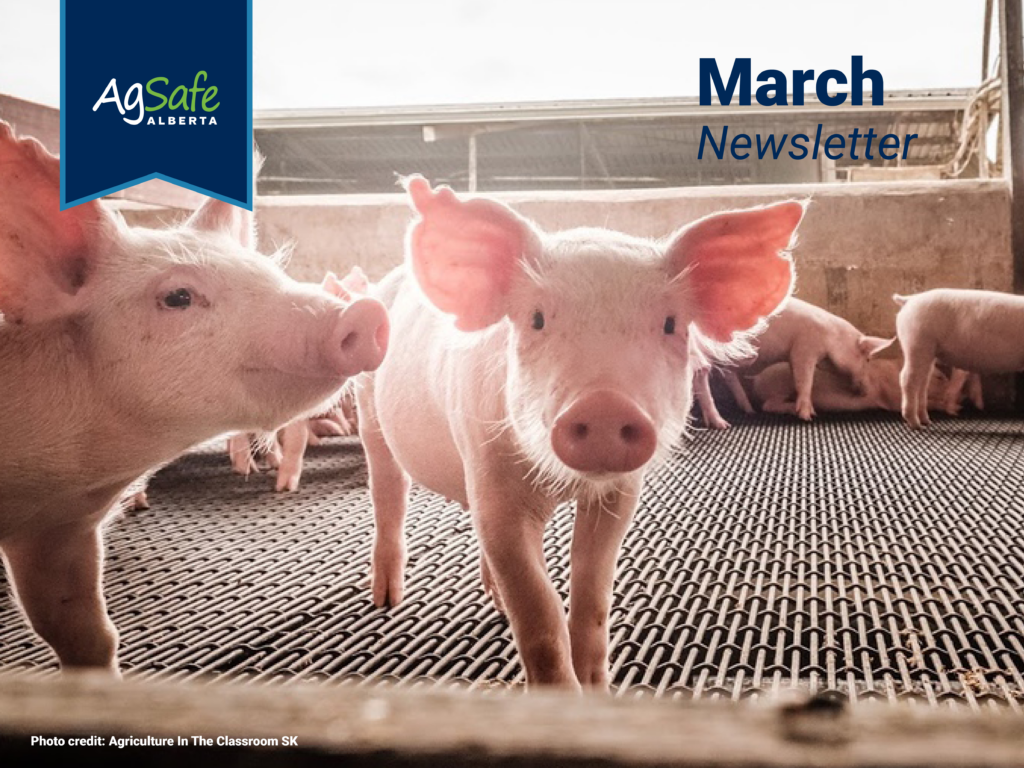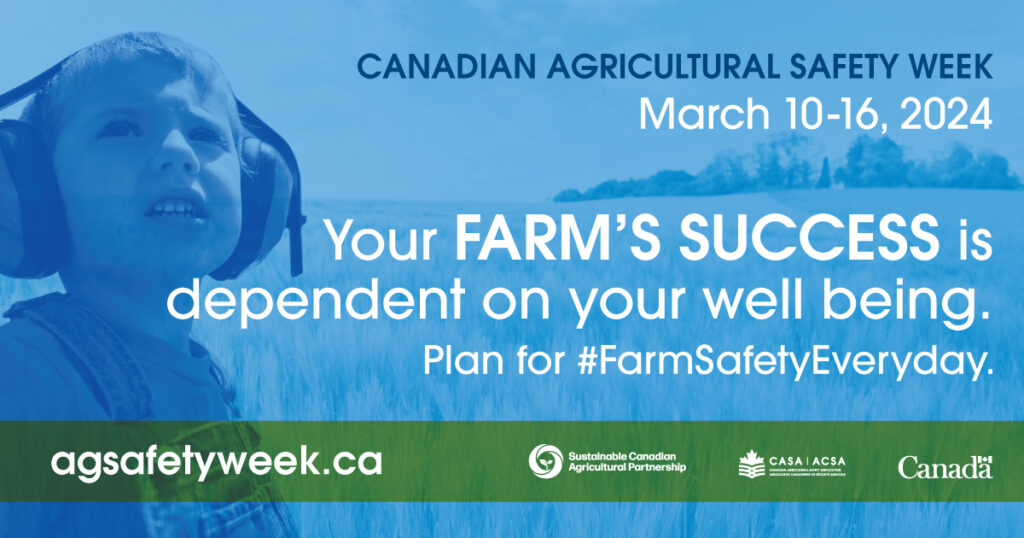
It Happened To Many of Us
2022 Incident Summary
(Incident source: The National. 2023, May 10. Albertans scramble to defend their homes from wildfires. CBC News. Accessed 2024, February 15 from Albertans scramble to defend their homes from wildfires (youtube.com).
Alberta’s wildfire season runs from March 1 to October 31 each year. Many farmers across Alberta faced challenges and direct losses resulting from wildfires last year. While we cannot control where lightning strikes or the actions of others (the Government of Alberta reported that in 2023, 61% of fires were caused by humans1), there are measures that we can take to help us prevent, reduce the impact of and recover from wildfires.
As you begin planning, keep all four key areas of emergency preparedness and management in mind to help guide you through the process.
Key Areas of Emergency Preparedness and Management
1. Prevention and mitigation. These efforts will include identifying potential emergencies, identifying and selecting measures to eliminate or reduce the impact of emergencies, and creating written plans to support the prevention and mitigation of emergencies.
2. Preparedness. Preparation efforts will ensure your farm team is ready to respond to an emergency, such as communicating the policies and procedures as well as providing the necessary training and experience through emergency exercises or tabletop exercises.
3. Response. Response efforts are those actions taken immediately before, during and after an emergency occurs.
4. Continuity and recovery. These efforts help the farm to resume normal operations following an emergency.
(National Fire Prevention Agency (NFPA), 2010, p.5)
Wildfire Resources
Below are some resources to help you better prepare for the 2024 wildfire season.
AgSafe Alberta Resources
AgSafe Alberta has designed resources to help you create farm-specific and actionable plans to prevent, prepare for, manage and recover from emergencies such as wildfires. When using any of these forms, refer to Module 7: Emergency Preparedness & Management in the AgSafe Alberta FarmSafe Plan Manual.
Other Resources
FireSmart Guidebook for the Oil and Gas Industry
While this resource was not developed for agriculture, it does contain some valuable information that agricultural operations can use.
1. Government of Alberta. (2023, November 30). 2023 Alberta Wildfire’s Seasonal Statistics. Open.alberta.ca. Accessed 2024, February 15 from https://open.alberta.ca/dataset/db7cdfde-7ccd-4419-989f-09f8bb28da22/resource/181322ca-63c0-4a09-8a08-1d53e8c2c26b/download/fp-alberta-wildfire-seasonal-statistics-2023.pdf
About Safety!
Canadian Agricultural Safety Week runs from March 10 – 16, 2024. In recognition of this, AgSafe Alberta has many great promotions to help keep safety front and centre while you prepare for another calving and growing season.
We know you care about safety and ensuring your farm team has all the training they require, so AgSafe Alberta is offering the following courses to you for FREE the entire month of March!

In addition to offering these free courses, for every level of FARMERS CARE and each of the free courses listed above that you complete, you will be entered into a draw for one of three $100 Peavy Mart Gift Cards!
What is Canadian Agricultural Safety Week?
Canadian Agricultural Safety Week (CASW) is an annual public awareness campaign that focuses on farm safety and is held the third week of March. Your Farm, Your Family, Your Success is a three-year campaign celebrating farm safety across Canada. The call to action for CASW 2024 is encouraging farmers, farm families, farm workers and farming communities to plan for #FarmSafetyEveryday.

The Relationship Between Safety & Sustainability
In simple terms, sustainability is about reducing the negative impact that results from business operations, so our needs today do not prevent future generations from meeting their needs. However, it is also about ensuring your farm is doing what is necessary to remain viable decades into the future. Think about it: if you did something unsafe while working on the farm and paid the ultimate price, what would your farm’s future look like?
There are three pillars of sustainability:
• Environmental sustainability
• Economic sustainability
• Social sustainability
Many producer and commodity groups in Canada recognize the importance and benefits of sustainability. These groups are building their own sustainability programs around the three pillars, and because protecting the health and safety of workers falls into the social sustainability pillar, the sustainability programs have a health and safety component to them.
If you are not already aware of what the requirements of your producer or commodity group’s sustainability program are, take a moment to review their website or send them an email. You should also be aware that having a health and safety program as laid out in the AgSafe Alberta FarmSafe Plan Manual will in many cases meet or exceed the requirements of the health and safety component of a particular group’s sustainability program.
For more information or to get started, visit agsafeab.ca.
CONTACT US
For general inquiries: info@agasafeab.ca /403-219-
For our hotline for incidence assistance: 1-833-9AGSAFE




